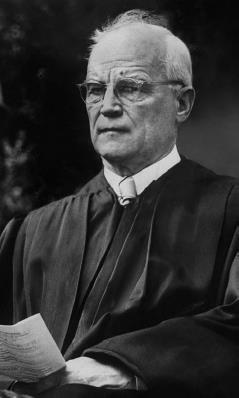The Stone Court (1941–46)First Amendment |
How did the Stone Court address Texas’s white primary system? |
The Stone Court unanimously ruled in Smith v. Allwright (1944) that the Democratic Party of Texas violated the Fifteenth Amendment with its resolution allowing only whites to vote in its primary. Party and state officials argued that the primary system was run by party, not state, officials and, therefore, was not a form of governmental (or state) action that triggered constitutional review. The officials relied on the Hughes Court’s decision in Grovey v. Townsend (1935) in which the Court ruled that the white primary was a form of private discrimination not subject to the Constitution. The Stone Court overruled the Grovey decision, finding that the primary system was a form of state action because it was an integral part of the election process. “Primary elections are conducted by the party under state statutory authority,” the Court wrote.
Once it found state action, the Court had little difficulty in concluding that the Texas white-only primary violated the Fifteenth Amendment right to vote. The Court had noted earlier in its opinion: “Under our Constitution the great privilege of the ballot may not be denied a man by the State because of his color.”

